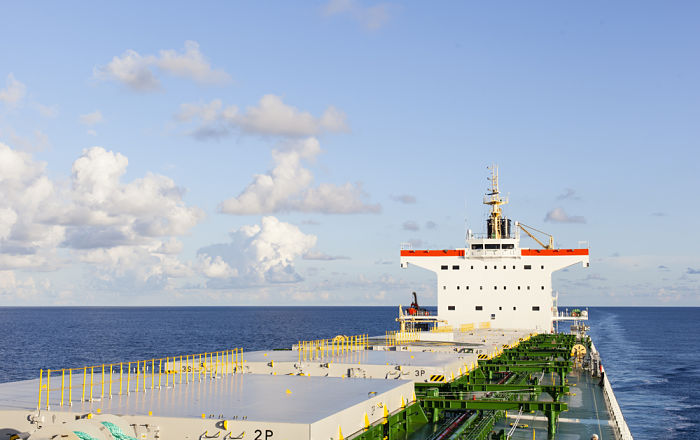Most would agree that crew accommodation size is continuously reducing onboard new ships. Many of us have seen big crew cabins, big lounges and big gymnasiums onboard ships. However there is a trend now to have the minimum possible size of the cabins, smaller lounges and no gymnasiums onboard ships. Many suppose the reason behind this is the owner’s desire to use lesser steel and hence reduce the cost of building ship.
However this is not entirely true. By having smaller accommodations, the owners do not just save the steel cost but also the port dues that will be incurred for the life of the ship. The port dues are based on Gross tonnage of the vessel. More the gross tonnage more will be the port dues. The larger accommodations add to the gross tonnage of the ship.
Gross tonnage calculation is defined by regulation 3 of The “International Convention on Tonnage Measurement of Ships, 1969” and is based upon two variables
• V, the ship’s total volume in cubic meters (m3), and
• K, a multiplier based on the ship volume.
where
And Gross Tonnage = K x V
The volume here is the entire volume that can be used to store anything and it include accommodation too.
While the tonnage convention was not intended to affect ship design but it has done so since the time it came into force in 1982. Accommodation spaces are not the only section on the ships to suffer. There are many ships built with odd designs to reduce the gross tonnage such as ships with no forecastle deck, cut off stern and small engine rooms.
Is something being done to improve living standards ? : Yes,
ILO has suggested to re-evaluate the gross tonnage measurement regulations so that it does not affect crew accommodations. ILO has been following up with IMO to
Monitor developments and evaluate any amendment to or interpretation of agreements of the 1969 TM Convention that could have an impact on the Maritime Labour Convention, 2006
encourage the IMO to give full consideration to possible amendments to or interpretation of agreements of the 1969 TM Convention that would lead to improved welfare of seafarers.
However, it is but obvious that any process to change or re-evaluate the tonnage convention will be a time consuming process considering the initial tonnage convention took 13 years to ratify. We can conclude that even though there have been considerable efforts from ILO and IMO in this regards, however the living standards onboard are not improving any time soon because of time consuming process of acceptance and ratification of regulations.
Image Credit: Wikimedia
Share this:

About Capt Rajeev Jassal
Capt. Rajeev Jassal has sailed for over 24 years mainly on crude oil, product and chemical tankers. He holds MBA in shipping & Logistics degree from London. He has done extensive research on quantitatively measuring Safety culture onboard and safety climate ashore which he believes is the most important element for safer shipping.
Search Blog
2 Comments


Hello Sir, Can you please explain what is reduced GRT ? Thanks
Leave Comment
More things to do on myseatime

MySeaTime Blogs
Learn the difficult concepts of sailing described in a easy and story-telling way. These detailed and well researched articles provides value reading for all ranks.

Seafarers Question Answers
Ask or answer a question on this forum. Knowledge dies if it remains in our head. Share your knowledge by writing answers to the question

MySeaTime Podcast
This podcast on the maritime matters will provide value to the listeners. Short, crisp and full of value. Stay tuned for this section.



All rules n regulations are checked for compliance rigorously (and rightly so) apart from rest hours. Matter of Fact: If all seafarers starts filling up rest hour exactly, almost all ship will be violating STCW convention. :)